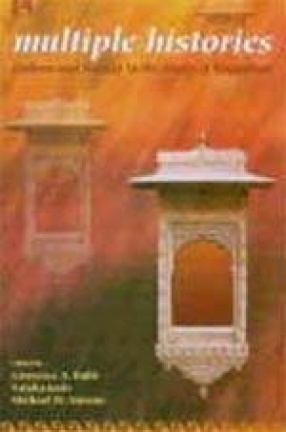
Michael W. Meister

Showing all 8 books
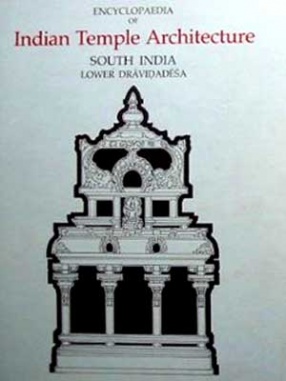
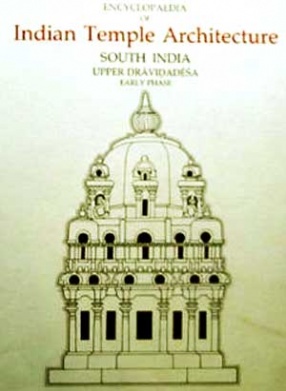

The book embodies the idea that Rajasthan's past - and hence its present - cannot be adequately comprehended from the limited perspective of any single academic discipline or approach. Instead, it celebrates the notion that the region's past is subject to many constructions, each of which can contribute to a fuller understanding of its present-day cultural and social diversity. The authors of the papers presented here represent a wide variety of disciplines - ...

This volume grows out of a thematic seminar on "Pilgrimage, Art and Ritual: Ethnography and Art History: sponsored by the Center for the Advanced Study of India at the University of Pennsylvania and a subsequent cross-disciplinary field study, "Continuities of Religious Patronage: Pilgrimage Temples in Western India", undertaken with support from the J. Paul Getty Trust's Interpretive Research Program and affiliation with the Institute for ...

The aim of the Encyclopaedia, sponsored by the American Institute of Indian Studies, is to survey and organise by style, with technical descriptions, the vast body of monuments constructed between c. AD 400 and 18th centuries in India to serve India`s symbolic and religious needs. Each volume is divided into Parts delineating different regions, stylistic evolutions or periods. Each part has two different sections (books) devoted to text and illustrations. This ...

This second set in a series covering the full range of Indian Temple Architecture surveys early temples in Upper Dravidadesa, particularly those of the Calukyas of Badami and of Vengi and the Rastrakutas of Malkhed. Other dynasties discussed are the Alupas, Telugu-Codas and Vaidumbas, Gangas, Nolambas, Santaras, and the early Hoysalas. Arranged by region and dynasty, the Chapters also suggest something of the nature of local idioms and regional ...
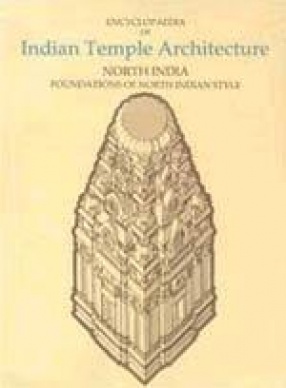
The goal of the Encyclopaedia of Indian Temple Architecture, sponsored by the American Institute of Indian Studies, has been to survey and to organize by style, with technical descriptions, that vast body of monuments constructed between c. A.D. 400 and the 18th Century in India to serve India's symbolic and religious needs. Volume I, of which two parts have already been published, deals with the Dravida temples of South India. Volume II, of which this set ...
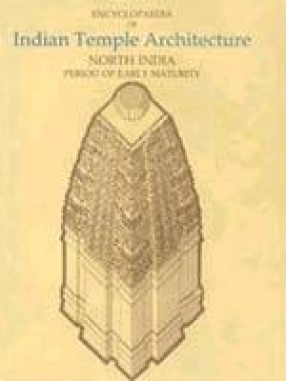
This set of volumes continues a series initiated by the American Institute of Indian Studies to survey and organize, by style, patronage, and region, - with brief technical descriptions – that body of monuments constructed since c. A.D. 400 to serve India’s symbolic and religious needs. Volume I, of which two parts have already been published, documents Dravida temples in South India. Volume II surveys Nagara temples in North India – with extensions of this ...
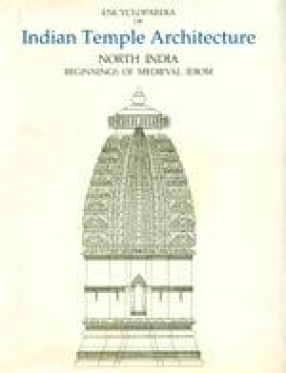
The Part 3 in two binds, as was the case with the earlier two parts, surveys the tenth century temples (and associated Structures) in different provinces of the north Indian mega-territory, built under the political aegis of the then ruling various provincial – principal, and subordinate – dynasties. Among these, the more notable were the Cahamanas of Sakambhari and of Naddula, and Solankis of Anahillapataka in western India; also, the Kalacuris of Cedidesa ...
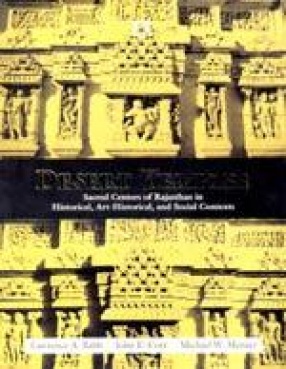
The essays in this book represent the fruits of an interdisciplinary study of four temples in Rajasthan jointly conducted by Lawrence A. Babb (anthropology), John E. Cort (religious studies), and Michael W. Meister (art history). The temples were chosen because they are both very ancient and also vibrantly functioning today. The results of the authors' research dramatically vindicate the idea that when disciplines are combined, the result is greater than the sum ...
